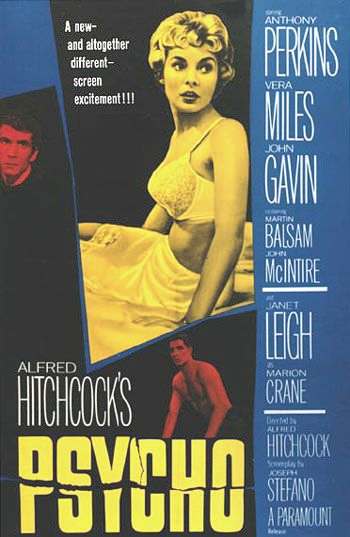The houses in Scream are rather extravagant and large, showing the town of Woodsboro's wealth. How this wealth is accumulated is not stated, but you can assume it is some natural resource/ town enterprise as all the houses viewed are rather similar in size/wealth. This relates to the social climate at the time as in the late ninties most of America was affluent, so it makes the environment relatable to those seeing the movie in cinemas. This relatablility makes the movie more scary, because that means anyone could be a target. This helped the movie become a success, as if people can relate to something, they are going to talk about it. And example conversation could go like this "Did you see Scream yet? Stu's house looks just like Molly's!"
"Oh really? That's creepy. When's the next showing?"
That conversation may seem rather false and un-realistic, but it must have some truths, because the movie was very successful.
Sequels of this film also play with the idea of isolation, with Sidney becoming almost Agoraphobic in Scream 3. This makes her isolated in her own home, as she is too scared of the outside world and its dangers to leave. Although the wide open spaces where anything can lurk can be frightening, being unsafe in your own home can be equally scary.
The convention would've bought the publics' attention to the fact that any where could be a possible location for a gory murder. This could've made people feel uneasy about their community and their surroundings. Parents who were all ready rather paranoid about their teenagers hi-jinx may have become extra paranoid about leaving their children alone when they leave for the weekend, like Sidney's dad did.
 Although the 'Norman Bates murder house' is a similar style to the houses in Scream, you can tell from its interior, and the state the motel is in, that Norman is rather poor. This also enhances the scary-ness, as places with creaky floorboards, and dripping taps due to no maintenance are see to be stereotypically scary. The isolation of the location keeps the same location as the novel the movie was loosely based on, which was based on a real murder case (Ed Gein murders). That case also influenced other horrors like Silence Of The Lambs and Texas Chainsaw Massacre. This movie continued the popularity of the isolated setting convention, as Hitchcock had, and still has a lot of influence on other movie writers and directors. Lots of the movies we studied, either being before or after Psycho, used either literal isolation in a location or a less obvious social isolation. Psycho used this convention very successfully, because the isolation of the location and therefore the killer makes the murders harder to solve and draws out the story, making for a good movie. It helped the movie's success because high-way hotels were a usual thing in the 60's so it was an interesting setting, which hadn't been used much before, if at all. It helped the movie remain popular to this day because there is always isolated areas in every town. The slight cliche around the idea in more modern times also help this movie sucesfully use this convention, because it is used so much better than other roadside motel horrors around (like Vacancy).
Although the 'Norman Bates murder house' is a similar style to the houses in Scream, you can tell from its interior, and the state the motel is in, that Norman is rather poor. This also enhances the scary-ness, as places with creaky floorboards, and dripping taps due to no maintenance are see to be stereotypically scary. The isolation of the location keeps the same location as the novel the movie was loosely based on, which was based on a real murder case (Ed Gein murders). That case also influenced other horrors like Silence Of The Lambs and Texas Chainsaw Massacre. This movie continued the popularity of the isolated setting convention, as Hitchcock had, and still has a lot of influence on other movie writers and directors. Lots of the movies we studied, either being before or after Psycho, used either literal isolation in a location or a less obvious social isolation. Psycho used this convention very successfully, because the isolation of the location and therefore the killer makes the murders harder to solve and draws out the story, making for a good movie. It helped the movie's success because high-way hotels were a usual thing in the 60's so it was an interesting setting, which hadn't been used much before, if at all. It helped the movie remain popular to this day because there is always isolated areas in every town. The slight cliche around the idea in more modern times also help this movie sucesfully use this convention, because it is used so much better than other roadside motel horrors around (like Vacancy).

Some great explanation and description of the convention: good effort! You have also started to analyse why it was used and what implications it has. Now make sure to include more quotes from the reading and expert opinion in order to strengthen your argument.
ReplyDeleteMerit (strong).